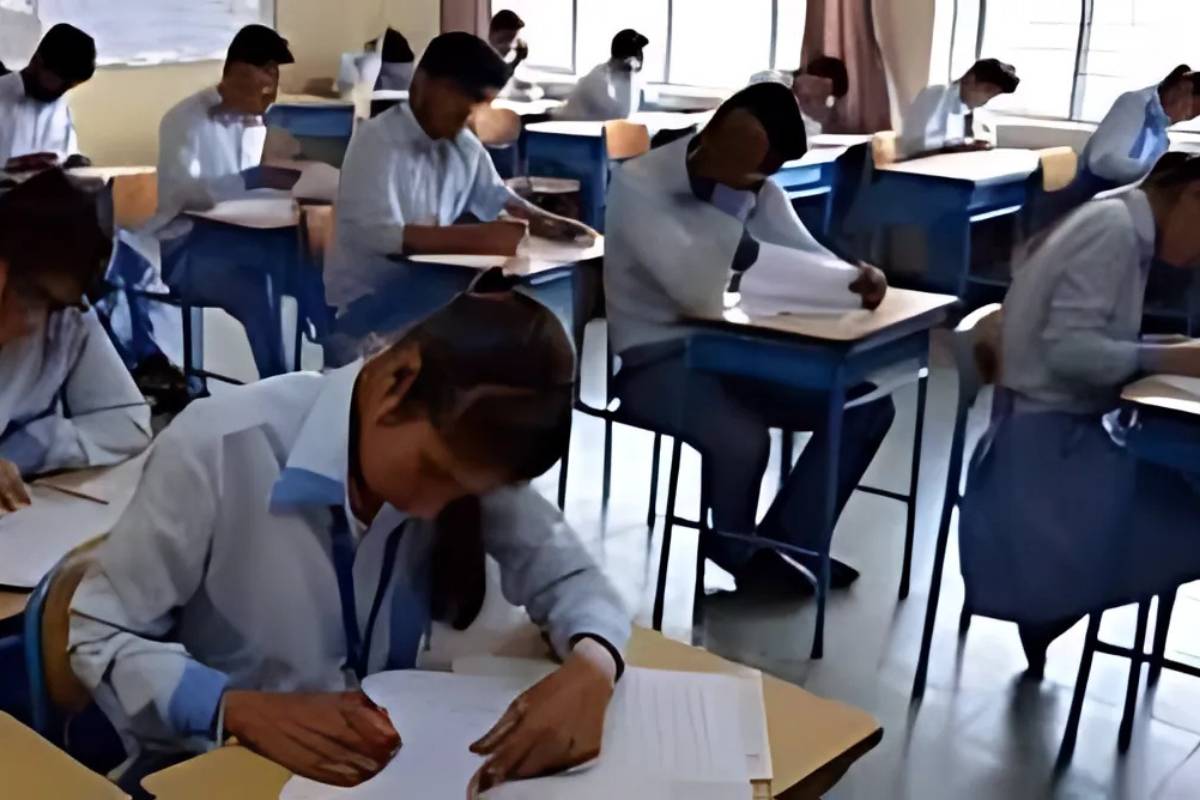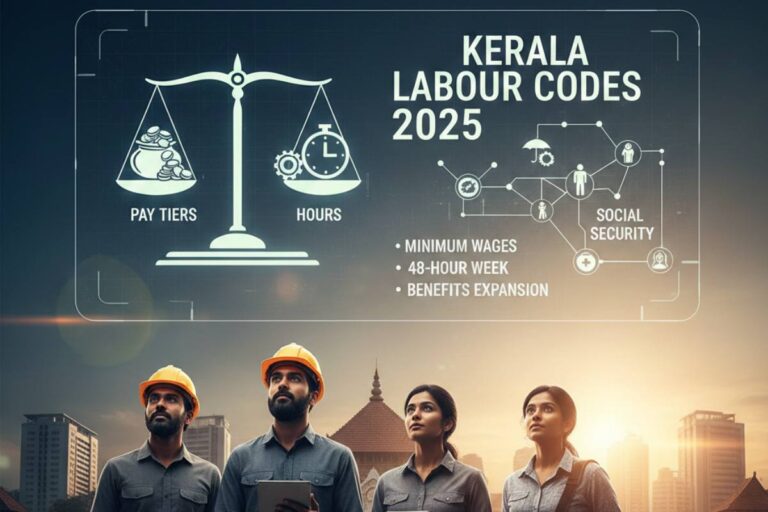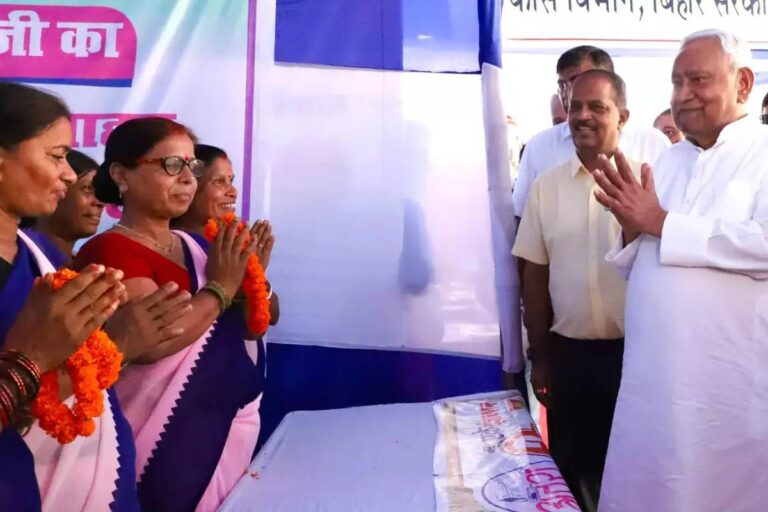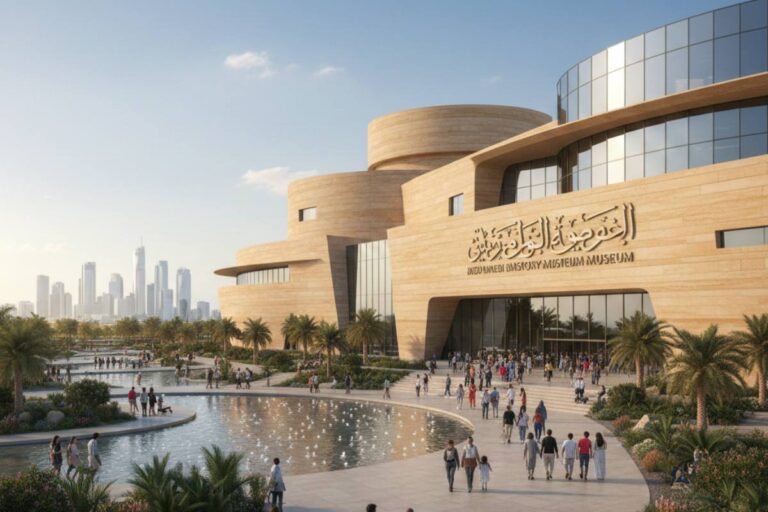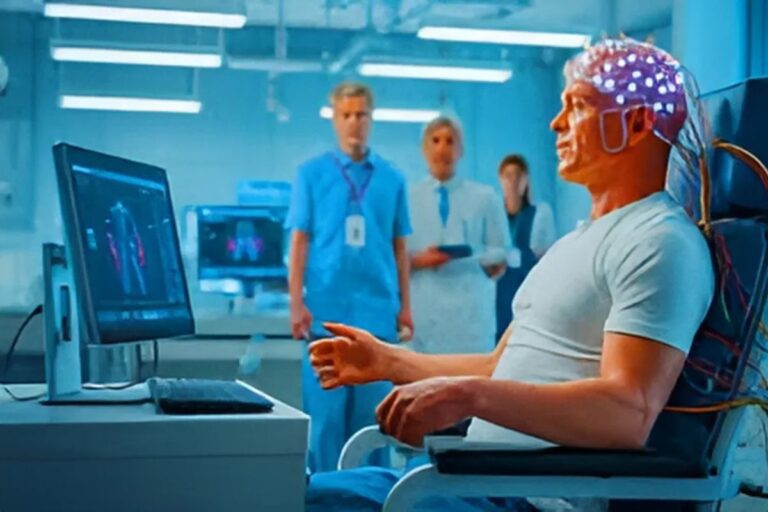India introduces skill-based learning in classes 11 and 12 as part of a major curriculum overhaul under the NEP 2020.
When Union Education Minister Dharmendra Pradhan announced that skill-based learning would be integrated into the curriculum for Classes 11 and 12, it marked a significant step forward for the Indian government’s ambitious plan to transform secondary education. Based on the National Education Policy (NEP) 2020 recommendations, this groundbreaking initiative will change India’s traditional education system, which focuses on certificates, to one that focuses on practical skills and getting a job.
Minister Pradhan spoke at the Dakshinapatha Summit 2025 at the Indian Institute of Technology (IIT) Madras on September 21, 2025. He talked about the government’s plan to make a formal skill-based curriculum for senior secondary students. The announcement marks a big change from the traditional ways of teaching that have been used in India for a long time.
Revolutionary Change From Degrees to Skills
The key to this change in education is realizing that India’s workers need more than just degrees to do well in today’s economy. Minister Pradhan said that degrees and certifications are still important, but the focus should be on making sure that students are really good at practical skills.
“Prime Minister Narendra Modi was right when he said we need degrees and certifications, but we also need to make sure the students are competent,” Pradhan said at IIT Madras. This way of thinking comes from a bigger idea that India’s job market is changing quickly and needs workers who can easily combine what they know with what they do.
The minister said that India’s old education system was very focused on degrees and certificates, which often left students academically qualified but not ready for real-world problems. The new approach aims to close this gap by making sure that students learn both academically and practically throughout their education.
The Plan for Change is NEP 2020
This big change to the curriculum is based on the National Education Policy 2020. One of NEP 2020’s main suggestions is that skill-based education should be a part of all levels of school, from elementary school to college.
- NEP 2020 anticipates that by 2025, a minimum of 50% of students within the school and higher education system will have access to vocational education
- Less than 5% of India’s workers between the ages of 19 and 24 are getting formal vocational skills training right now
- This shows how badly the system needs to be changed
The policy gets rid of the old strict divide between vocational and academic streams and instead encourages an integrated approach to education. This integration makes sure that students get a full education that includes both learning theory and developing practical skills.
Full Implementation Plan
The government’s plan for implementation goes beyond Classes 11 and 12. They want to start teaching skills-based learning in Class 6. This early integration makes sure that students learn important skills throughout their school years instead of just thinking about them later in life.
Minister Pradhan said that skill-based education will no longer be optional and will instead be a required subject in schools. This change is a big deal for how Indian schools help students grow and get ready for their careers.
The Ministry of Education is working hard to create and put into action new curriculum frameworks that smoothly combine academic subjects with learning new skills. These frameworks will make sure that students learn a lot of different skills while still having a strong base in traditional academic subjects.
Different Areas of Expertise and Skills
The new curriculum will include a lot of skill-based subjects that will help students get ready for a variety of career paths. Some of the core skill subjects being looked at are:
- Coding and computer programming languages
- Artificial intelligence
- Drone technology
- Advanced mathematics
Traditional subjects like languages and sciences will still be very important, but they will be taught alongside hands-on technical training. Students will also be able to learn practical skills in a variety of fields, such as carpentry, pottery, electrical work, and other pre-vocational skills.
The curriculum includes important modules on employability skills that teach things like:
- How to communicate
- How to manage yourself
- How to use information and communication technology
- How to start a business
- How to be aware of green skills
These modules make sure that students learn a wide range of skills that go beyond just technical knowledge and include professional skills that are important in today’s workplaces.
Systems and Support for Infrastructure
The government has set up a number of infrastructure projects and support systems to help with this big change. The “Skill Hub Initiative” is being put into action by the Ministry of Skill Development and Entrepreneurship (MSDE) in cooperation with the Ministry of Education.
Skill Hubs are places where school dropouts and students who aren’t in school can get vocational training and skill development. These centers help make sure that skill-based education gets to students from a variety of backgrounds and situations.
Schools like Kendriya Vidyalaya Sangathan (KVS) have already started offering skill courses. For example, they offer training in artificial intelligence starting in Class VIII and continuing through Class XI. Around 350 Kendriya Vidyalayas were added in 2023-24 to teach skills to kids who were in school and kids who weren’t.
Timeline and Step-by-Step Implementation
The implementation of skill-based learning follows a carefully planned timeline that fits with the full reform schedule of NEP 2020. The policy will be put into action over the course of 15 to 20 years, with different phases focusing on different parts of changing education.
Short-term Goals (2020–2023)
- Setting up the basics
- Starting basic literacy and numeracy programs
- Making new frameworks for training teachers
Medium-term Goals (2023–2026)
- Making reforms bigger
- Making big changes to the structure
- Starting coding, vocational education, and skill development in Grade 6
The government wants to have 100% of institutions covered by new credit and degree frameworks by 2026. This will make sure that all schools are part of the skill-based learning program. Long-term goals go from 2030 to 2040 and are focused on fully implementing and constantly improving skill-based educational methods.
Mobility and a Credit-Based Framework
NEP 2020 sets up a credit-based system that makes it easy for students to switch between general and vocational education streams. This framework gets rid of the old barriers that used to keep academic and vocational learning paths apart. Now, students can choose from a wider range of educational options based on their interests and career goals.
The credit system makes general education and vocational education equal in terms of academic achievement. This means that students who choose to learn skills get the same recognition as those who choose to follow traditional academic paths. This method deals with the long-held belief that vocational education is a less valuable way to learn.
Students will be able to earn credits in different subjects and ways of learning, which will give them more freedom to create their own learning paths. The Academic Bank of Credits (ABC) system works with platforms like DigiLocker to make sure that credits are tracked and recognized clearly across institutions.
Putting Together Different Industries and Getting Real-World Experience
The new curriculum puts a lot of emphasis on strong ties between schools and businesses. Colleges and universities will work with Industrial Training Institutes (ITIs), Polytechnic Institutes, and other businesses to give students real-world experience.
Internships in the area and expert instruction are two important parts of the skill-based learning approach. Students will have the chance to work directly with professionals in the field, which will help them gain hands-on experience and improve their technical skills.
This integration of industries makes sure that skill-based education stays useful in light of current market needs and new technological trends. Schools and colleges will change their curricula on a regular basis based on feedback from businesses and changes in the skills that are needed.
Meeting Economic and Job Goals
The skill-based learning program directly helps India with its employment problems and goals for economic growth. The program’s goal is to make the workforce more productive and flexible by making sure that students learn both practical skills and academic knowledge.
Vocational education and training programs will help students get better jobs and prepare them for the challenges and opportunities they will face in the future. Modern employers value professional attitudes, the ability to come up with new ideas, the ability to work with others, the ability to adapt, and the ability to share knowledge.
The main goal of the initiative is to give young people the skills they need to start their own businesses by providing them with extensive vocational training all over India. This method helps people start their own businesses and lowers unemployment by making job creators instead of just job seekers.
Quality Control and Evaluation
The government has put in place strong ways to check and ensure the quality of skill-based learning so that it works well. The Performance Assessment, Review, and Analysis of Knowledge for Holistic Development (PARAKH) system gives teachers standardized tests to use to keep track of how well their students are learning.
Platforms such as Vidya Samiksha Kendra provide real-time information on how students are doing in school, which makes it possible to keep an eye on and improve skill-based learning programs all the time. These systems help find areas that need more help or changes to the curriculum.
The National Committee for the Integration of Vocational Education (NCIVE) works closely with businesses to make sure that vocational education programs meet the needs and standards of the market. This partnership helps keep the quality and relevance of programs across different schools.
Problems and What Lies Ahead
The skill-based learning initiative is a big step forward, but there are a number of problems that need to be solved before it can be put into action. To make sure that all of India’s schools follow the same rules, the central and state governments need to work together all the time.
Training teachers and building their skills are still very important for the program to work. Schools and colleges need to spend money on helping their teachers improve their skills so they can give students skill-based learning experiences.
It takes a lot of money to build infrastructure, especially in rural and underserved areas, to make sure that everyone has equal access to skill-based education. The government is still working to solve these problems by giving money and help to specific groups.
Even with these problems, the initiative still has a lot of potential to change India’s education system and economy for the better. As skill-based learning becomes more common, it should make graduates more skilled, flexible, and employable, which will help India’s economy grow.
Adding skill-based learning to Classes 11 and 12 is more than just a change to the curriculum; it’s a whole new way of thinking about how education can help students succeed in a world that is becoming more complicated and changing all the time. India wants to build an education system that really meets the needs of each student and helps the country grow as a whole.








